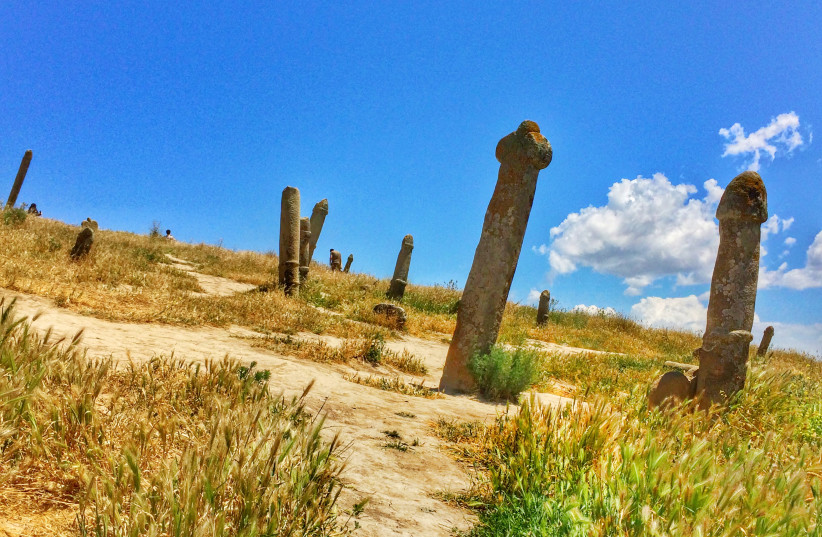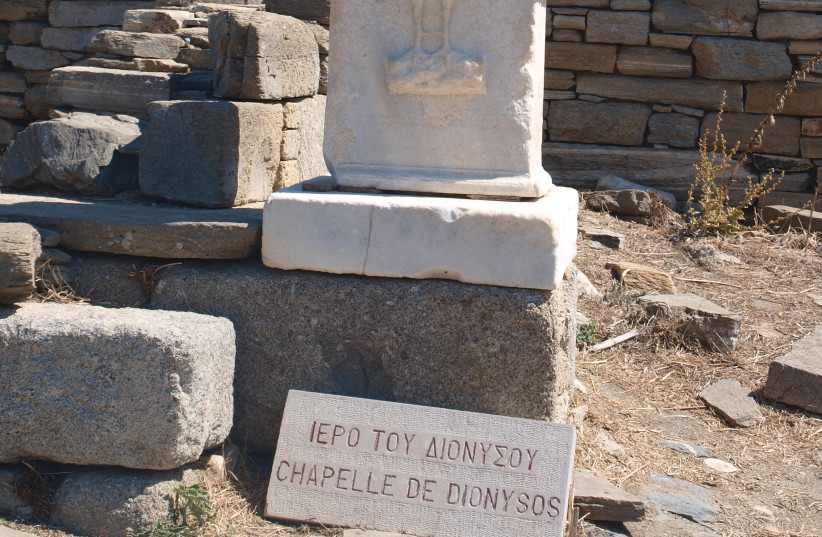Since you probably haven't been to Iran recently and you certainly haven't visited a cemetery there, let us introduce you to the Khalid Nabi cemetery.
When you hear about a cemetery, you probably imagine crowded headstones, but that's not exactly what happens in this bizarre cemetery. There, in a mountainous area among lots of green hills, there are gravestones that look like male genitals.
The cemetery is located in the north of Iran, in a mountainous area near the border with Turkmenistan. It has hundreds of tombstones, the vast majority in the shape of the male genital organ.

Anthropologists who have tried to study the site believe that the cemetery may belong to a culture that engaged in Phallicism (worship of the male genital organ and the reproductive powers of nature) from Central Asia and India - although there is no supportive evidence.
According to local legend, these graves are of people who were cursed by the gods for their sins and belong to people who believed in fetishism hundreds of years ago.
The cemetery also has a 4th century tomb belonging to a Yemeni Christian prophet, Khaled, which hundreds of Turkmen visit every year on pilgrimage and leave ribbons on it. A fairly large number of tourists visit this site every year, but apparently not for religious reasons.
In 2015, the site was reportedly vandalized and looted. Since then the site was granted protection status by the Iranian cultural organization.
In August, archaeologists from the Museo Histórico Local de Nueva Carteya uncovered a phallic carving from ancient Rome during excavations in Córdoba, Spain.

It is not clear why these tombstones were designed this way or how long they have been there and considering that Iran is an extremely religious and conservative country, the existence of the tombstones is said to be an embarrassment.
Phallic imagery was common in ancient Roman culture as it was believed to ward off the evil that preys on children or offer protection from the wandering evil eye of men.
The carving was found at the site of El Higuerón, an Iberian settlement that was first occupied from the 4th century BCE until the Romans conquered it around 206 BCE, according to the report.
